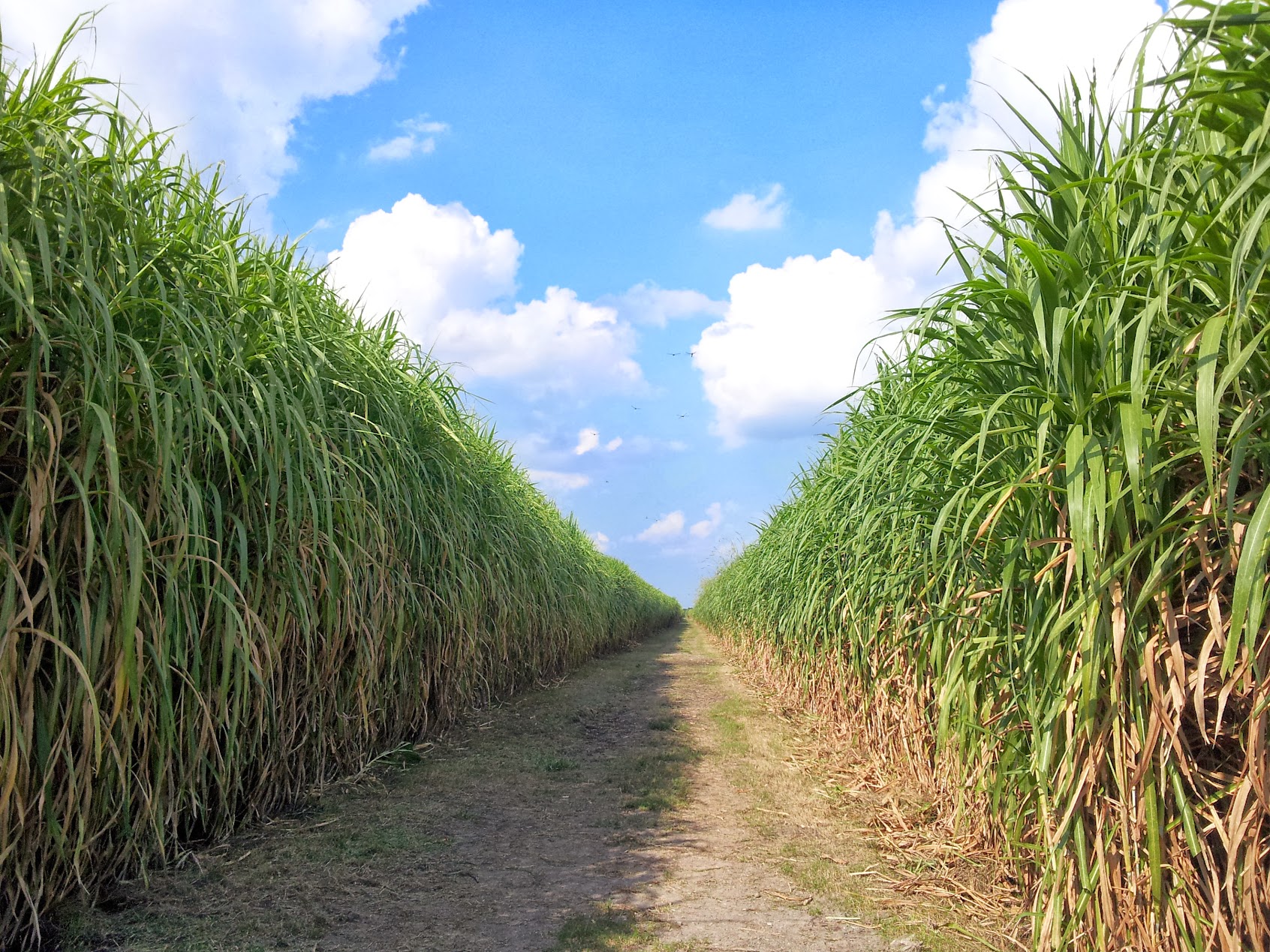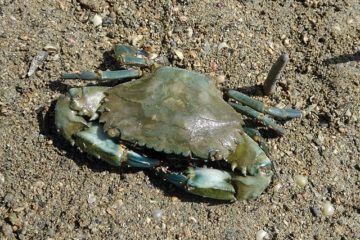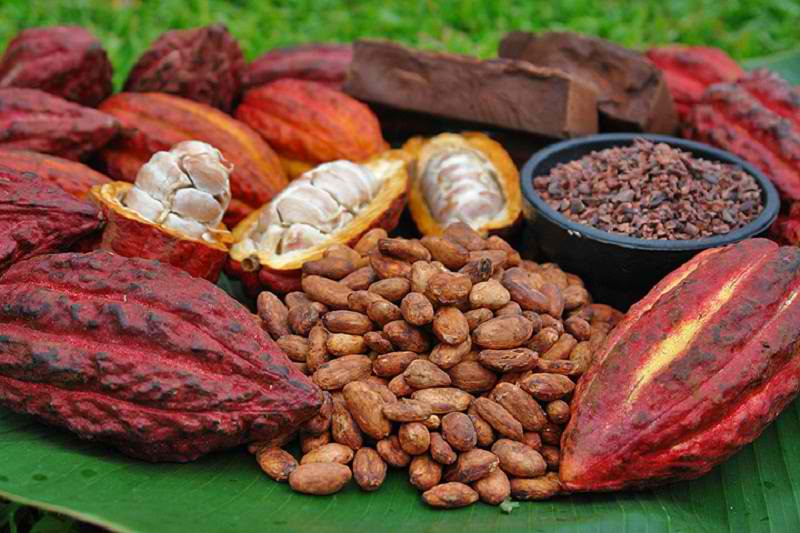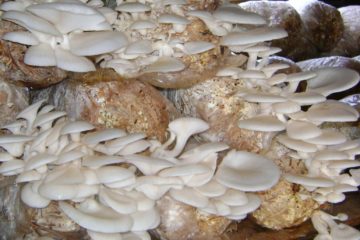The Big Leap of Elephant Grass.

Pennisetum purpureum commonly kown as napier grass or elephant grass is one of the important perennial tropical forage crop that belong to the Poaceae family. It is native in Africa but now grown in many tropical country.
Napier is best grown in warm, tropical and subtropical regions. In the Philippines, it has shown itself well adapted to climate and soil. Farmers uses this grass as fodder crop. It is fed directly to cattle or made into sillage or hay. They also used this as an Integrated Pest Management (IPM) strategy. It is grown along the cro(in rows or borders) to reduce insect pest population. It is also used as fence or bordera for it is good at protecting main crops from too much wind. In marginal land and slopes, it is planted to increase soil fertility and reduce soil erosion. In Bacolor, Pampanga there’s a large plantation of “Super Napier” and they are using this to produce renewable electricity for their meat factory (Pampanga’s Best)
Stem cutting is the best way to propagate napier grass because it usually produces few full form seeds, seeds are difficult to germinate. Cuttings must be with 5 internodes or 6-8 in long. It is very sensitive to frost and water logging conditions. It only needs little water and nutrients. This grows at about 5 meters tall, a fast growing, deeply rooted grass and can be be harvested multiple times of a year.
Center for Bayanihan Economics propagate this grass as buffer zone in the farm and as an IPM strategy. They are also selling this per cuttings. For more information, please contact Mr. Randy Arandia – Marketing Officer (09358788044) or Mrs. Berna G. Halongong – Program Coordinator (09063713312)


